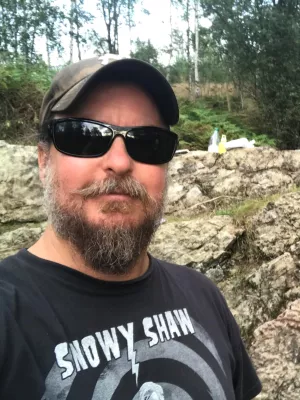
Mats Eriksson
Professor

Ordovician and Silurian polychaete diversity and biogeography
Författare
Summary, in English
Avdelning/ar
- Berggrundsgeologi
Publiceringsår
2013
Språk
Engelska
Sidor
265-272
Publikation/Tidskrift/Serie
Early Palaezoic Biogeography and Palaeogeography
Issue
38
Dokumenttyp
Konferensbidrag
Förlag
Geological Society of London
Ämne
- Geology
Conference name
Meeting of IGCP 503 on Ordovician Palaeogeography and Palaeoclimate, 2013
Conference date
2013-08-31 - 2013-09-01
Conference place
Copenhagen, Denmark
Status
Published
ISBN/ISSN/Övrigt
- ISSN: 0435-4052

